Sustainable or Green skyscrapers are architectural structures that prioritize environmental sustainability and energy efficiency in their design, construction, and operation. These buildings go beyond conventional high-rises by incorporating innovative technologies, materials, and strategies to minimize their environmental impact and create a more sustainable urban environment.
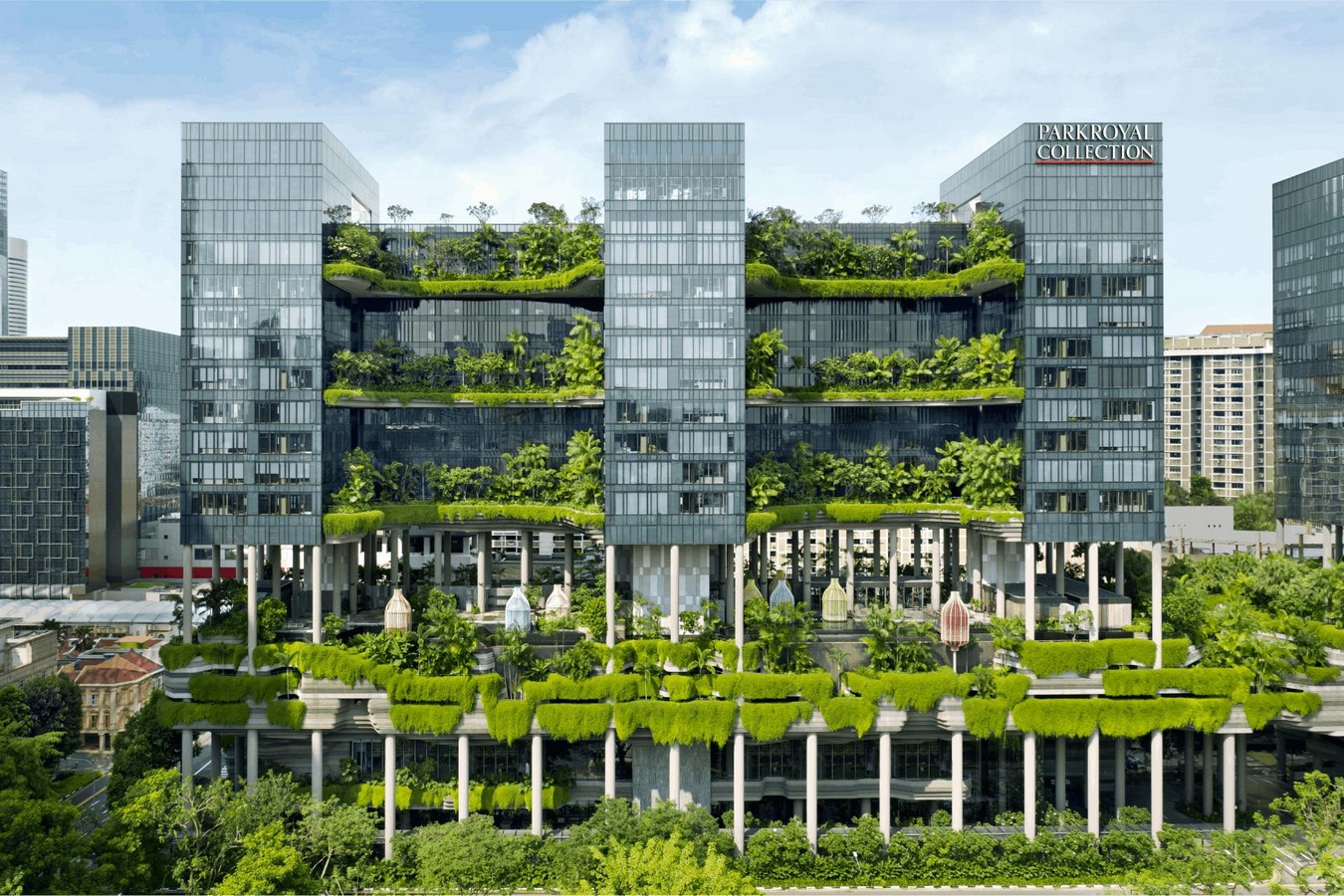
One of the key features of green skyscrapers is their energy efficiency. They utilize advanced building materials, such as high-performance glass, insulation, and energy-efficient systems, to reduce energy consumption. This includes using smart lighting systems, motion sensors, and automated controls to optimize energy usage throughout the building. By minimizing energy demands, green skyscrapers help reduce greenhouse gas emissions and contribute to mitigating climate change.
Renewable energy sources are also commonly integrated into green skyscrapers. Solar panels, wind turbines, and geothermal systems are used to generate clean and sustainable energy, reducing dependence on traditional fossil fuel-based power sources. These renewable energy systems can be incorporated into the building’s facade, rooftop, or other areas to maximize energy production.
Water conservation is another critical aspect of green skyscrapers. These buildings often incorporate water-saving technologies such as rainwater harvesting systems, greywater recycling, and efficient plumbing fixtures. Rainwater collected from the building’s roof can be stored and used for irrigation, flushing toilets, or other non-potable purposes. Greywater, which includes water from sinks, showers, and laundry, can be treated and reused within the building. These strategies help reduce the strain on freshwater resources and promote sustainable water management.
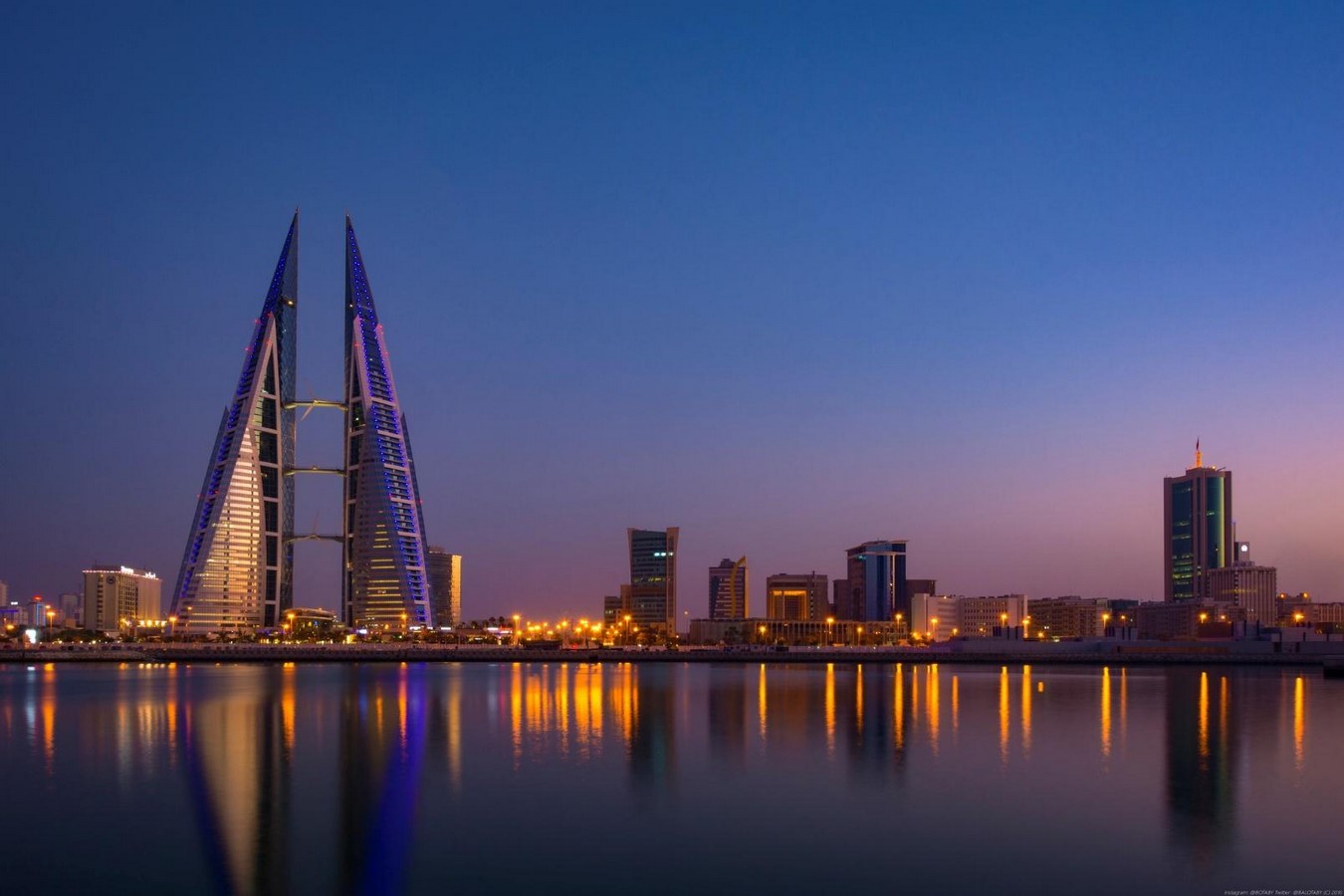
Green skyscrapers also prioritize indoor environmental quality and occupant well-being. They incorporate features like natural ventilation systems, daylighting, and improved air quality measures to create a healthier and more comfortable indoor environment. Green walls, atriums, and indoor gardens bring nature indoors, providing aesthetic appeal and promoting stress reduction, productivity, and overall well-being for occupants.
In terms of green spaces, these skyscrapers often incorporate rooftop gardens, sky terraces, or vertical greenery systems. These green spaces contribute to urban biodiversity, provide recreational areas for occupants, and help mitigate the urban heat island effect. They also help improve air quality by filtering pollutants and releasing oxygen, reducing the overall environmental impact of the building.
The design and construction of green skyscrapers also consider the life cycle of the building, aiming for sustainable materials, efficient use of resources, and reduced waste generation. Sustainable construction practices such as using recycled materials, responsible sourcing, and waste management strategies are employed to minimize the environmental footprint of the building during its construction and demolition phases.
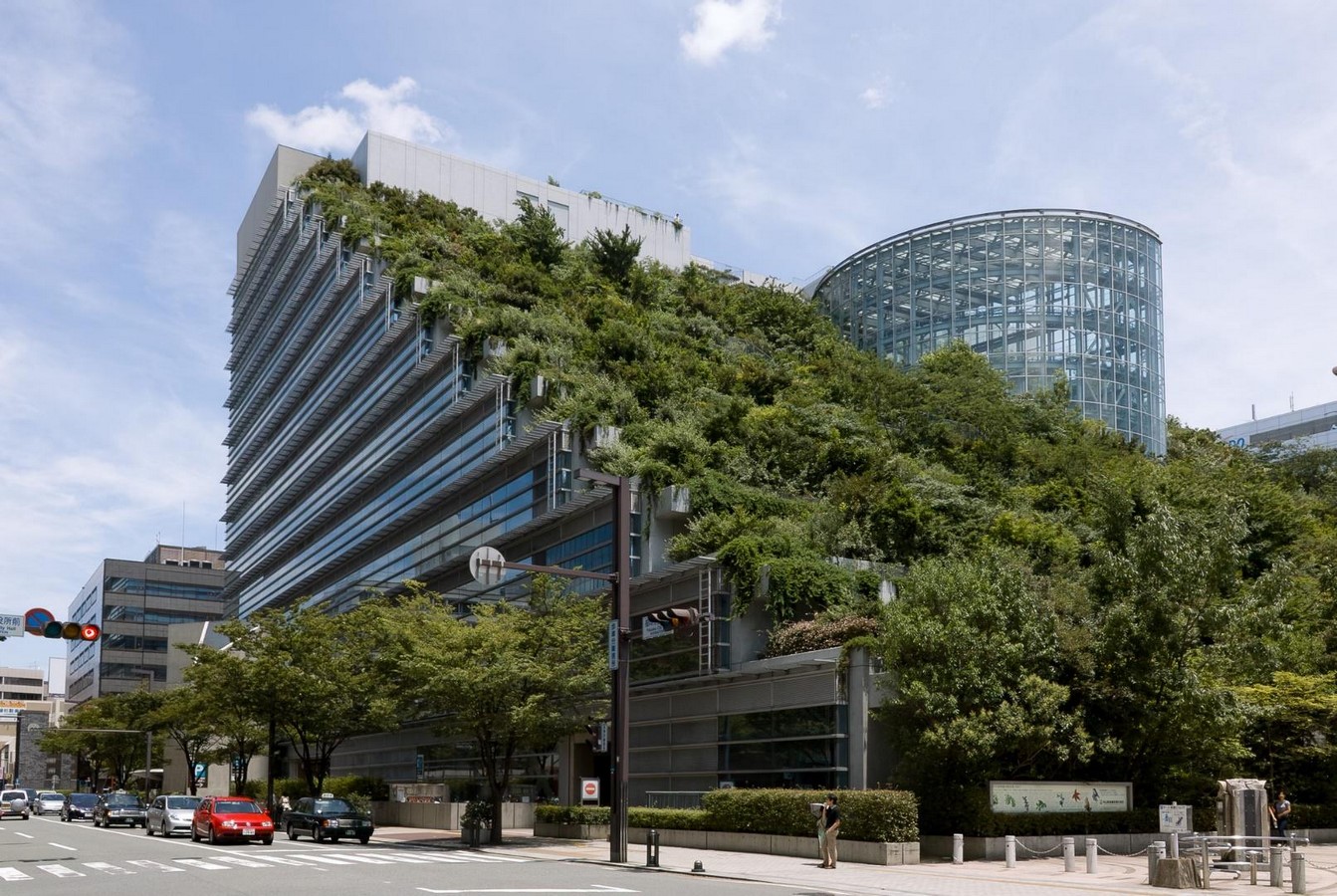
Pros of Green Skyscrapers:
Environmental Sustainability: Green skyscrapers prioritize sustainable practices, reducing energy consumption, greenhouse gas emissions, and water usage. They contribute to mitigating climate change and preserving natural resources.
Energy Efficiency: Green skyscrapers employ energy-efficient systems, such as smart lighting, efficient HVAC, and renewable energy technologies. This leads to reduced energy consumption and lower operating costs.
Improved Indoor Air Quality: Integration of plants in green skyscrapers improves indoor air quality by filtering pollutants and releasing oxygen. This promotes a healthier and more productive environment for occupants.
Biophilic Design: Incorporating green spaces and vegetation enhances occupants’ well-being and psychological health. Access to nature has been shown to reduce stress levels and improve mood.
Urban Heat Island Mitigation: Green skyscrapers help combat the urban heat island effect by providing shade, reducing ambient temperatures, and improving overall microclimate conditions in urban areas.
Aesthetic Appeal: The integration of plants and greenery enhances the visual aesthetics of the building, contributing to a more pleasant and attractive urban landscape.
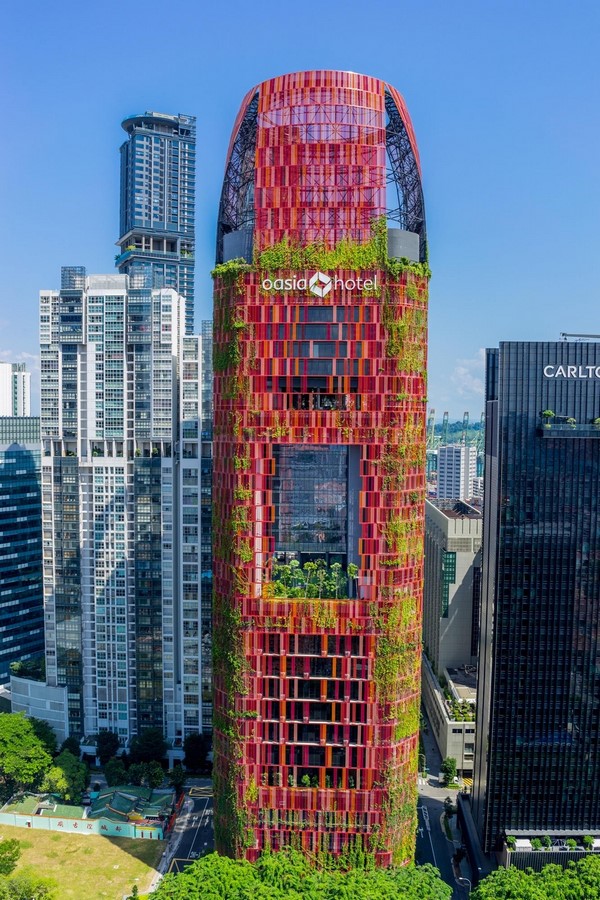
Cons of Green Skyscrapers:
Initial Cost: The upfront cost of designing and constructing green skyscrapers can be higher compared to traditional buildings. The incorporation of sustainable technologies, efficient systems, and green features may require additional investments.
Maintenance and Upkeep: Green skyscrapers require regular maintenance, including irrigation, plant care, and monitoring of green systems. This ongoing maintenance can be more complex and time-consuming compared to conventional buildings.
Structural Considerations: The weight and additional structural requirements of green features, such as vertical gardens or rooftop gardens, need to be carefully considered during the design and construction phases.
Limited Space: The availability of space for greenery in densely populated urban areas may be limited. It can be a challenge to incorporate extensive green spaces, particularly in high-density locations.
Technical Challenges: Implementing sustainable technologies and systems in green skyscrapers requires expertise and specialized knowledge. It may pose technical challenges during the design, integration, and operation phases.
Perception and Market Demand: The market demand and acceptance of green skyscrapers can vary depending on geographical location, cultural factors, and awareness of sustainable practices. Some potential occupants or investors may not prioritize or value green features in their decision-making process.
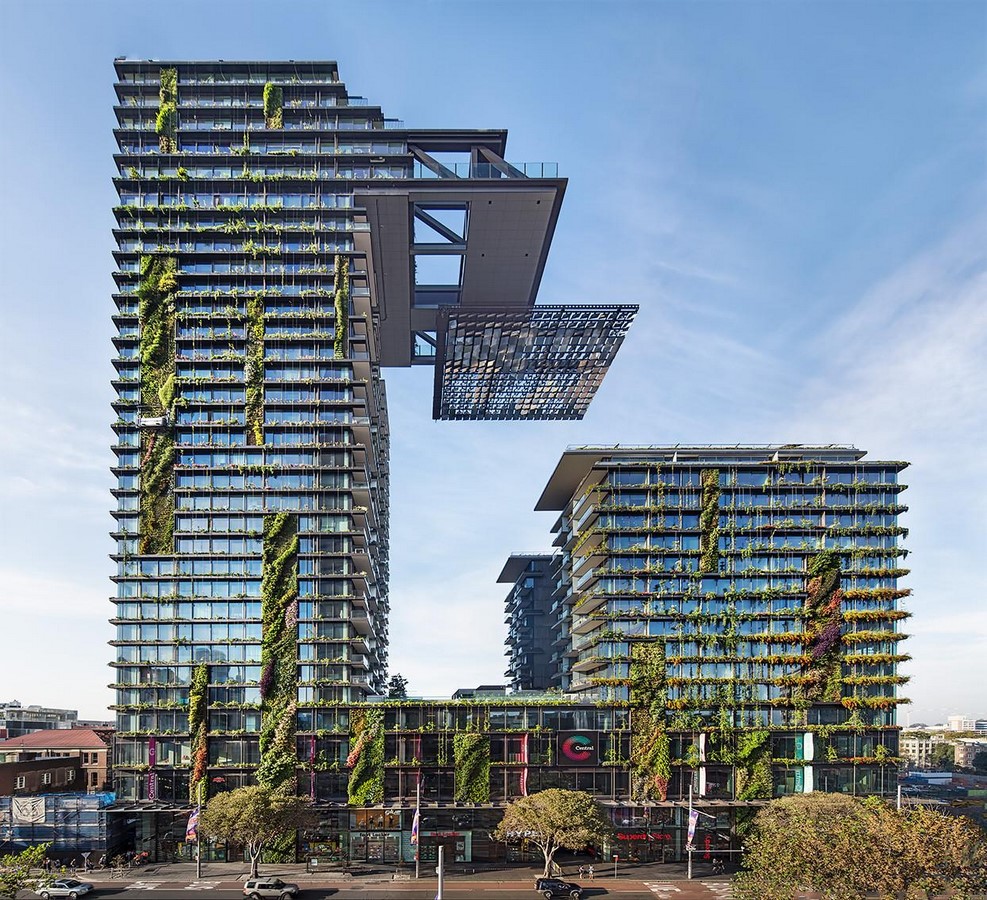
Green skyscrapers are architectural marvels that prioritize environmental sustainability and the seamless integration of plants into their structures. By incorporating greenery throughout the building, both internally and externally, these structures offer a range of benefits for occupants and the environment.
One of the key aspects of green skyscrapers is vertical greening, which involves the creation of vertical gardens on the building’s facades. This can be achieved through various methods such as utilizing climbing plants, implementing hanging gardens, or employing modular planting systems attached to the exterior walls. Vertical greening not only enhances the aesthetic appeal of the building but also serves several environmental purposes. The plants help improve air quality by absorbing carbon dioxide and releasing oxygen, while also reducing the amount of dust and pollutants in the air. Moreover, these green facades act as natural insulators, reducing energy consumption by providing shade and cooling effects to the building.
In addition to the external integration of plants, green skyscrapers incorporate interior green spaces to create a harmonious connection with nature. Atriums, indoor gardens, and green walls are common features in these buildings. These spaces offer visual beauty and contribute to the well-being of occupants. Plants within indoor spaces help purify the air by filtering out toxins and releasing moisture, resulting in improved air quality and a more comfortable environment. They also provide psychological benefits by creating calming and stress-reducing atmospheres.

Furthermore, green skyscrapers often feature sky gardens and rooftop green spaces. These areas serve multiple purposes, such as providing recreational spaces for occupants, promoting biodiversity in urban settings, and mitigating the heat island effect. Rooftop gardens help regulate the building’s temperature by providing natural insulation, reducing the need for excessive air conditioning, and lowering energy consumption.
Energy-efficient building materials and insulation systems are utilized to minimize energy consumption and improve thermal performance. Natural light is optimized through well-placed windows, skylights, and light-reflective surfaces, reducing the need for artificial lighting during the day.
In conclusion, green skyscrapers embody a holistic approach to sustainable urban development by seamlessly integrating plants into their design. By doing so, they provide numerous environmental benefits such as improved air quality, reduced energy consumption, and decreased urban heat island effect. Additionally, these buildings create healthier and more pleasant living and working environments for occupants. The incorporation of sustainable technologies further enhances their eco-friendliness. Green skyscrapers are not just architectural marvels; they are a symbol of a greener and more sustainable future for our cities.
References List-
- Buildner (no date) Can skyscrapers be sustainable?, Architecture Competitions and Awards by Buildner. Available at: https://architecturecompetitions.com/can-skyscrapers-be-sustainable (Accessed: 15 July 2023).
- The Jakarta Post (no date) Five plant-covered buildings for greener environment , The Jakarta Post. Available at: https://www.thejakartapost.com/life/2018/09/02/five-plant-covered-buildings-for-greener-environment.html (Accessed: 15 July 2023).
- Wang, X. et al. (2020) Vertical greenery systems: From plants to trees with self-growing interconnections – european journal of wood and wood products, SpringerLink. Available at: https://link.springer.com/article/10.1007/s00107-020-01583-0 (Accessed: 15 July 2023).
- Al-Kodmany, K. (2022) Sustainable high-rise buildings: Toward resilient built environment, Frontiers. Available at: https://www.frontiersin.org/articles/10.3389/frsc.2022.782007/full (Accessed: 15 July 2023).
- Control Solutions (2017) Bringing nature in: How plants and green spaces benefit your building, Control Solutions Inc. Available at: https://controlyourbuilding.com/blog/entry/bringing-nature-in-how-plants-and-green-spaces-benefit-your-building (Accessed: 15 July 2023).
- Noyes, L. (2021) What are green skyscrapers?, EcoWatch. Available at: https://www.ecowatch.com/green-skyscrapers-2653280841.html (Accessed: 15 July 2023).
Image List-
- parkroyal on pickering (2023) Luxury Lifestyle Awards. Singapore. Available at: https://luxurylifestyleawards.com/wp-content/uploads/2023/06/01.-A-%E2%80%98hotel-in-a-garden-concept-featuring-over-15000-square-metres-of-lush-gardens-which-constitutes-more-than-twice-the-hotels-land-area.png (Accessed: 15 July 2023).
- B.alotaby (2016) bahrain world trade center, Wikimedia. Manama. Available at: https://upload.wikimedia.org/wikipedia/commons/f/f2/Bahrain_World_trade_Center_.jpg (Accessed: 15 July 2023).
- ACROS Fukuoka Prefectural International Hall (2023) ArchDaily. Fukuoka. Available at: https://images.adsttc.com/media/images/557a/817c/e58e/cedc/e500/0220/large_jpg/5920306109_ea247a5e8a_o.jpg?1434091888 (Accessed: 15 July 2023).
- Kopter, K. (2016) Oasia Hotel Downtown, ArchDaily. Singapore. Available at: https://images.adsttc.com/media/images/5845/de63/e58e/ce10/1300/0047/large_jpg/DSC00772.jpg?1480973916 (Accessed: 15 July 2023).
- Fredericks , M. (2014) One Central Park , ArchDaily. Sydney. Available at: https://images.adsttc.com/media/images/5424/5755/c07a/80c9/ea00/007d/large_jpg/OneCentralPark_jpg-OverallExterior_AteliersJeanNouvelWithPTW_%28c%29CopyrightsMurrayFredericks.jpg?1411667788 (Accessed: 15 July 2023).
- Rosselli, P. (2023) Bosco Verticale, ArchDaily. Milan. Available at: https://images.adsttc.com/media/images/564e/7c1e/e58e/ce4d/7300/03a3/large_jpg/portada_05__(c)_Paolo_Rosselli_DSC_8101.jpg?1447984145 (Accessed: 15 July 2023).

















